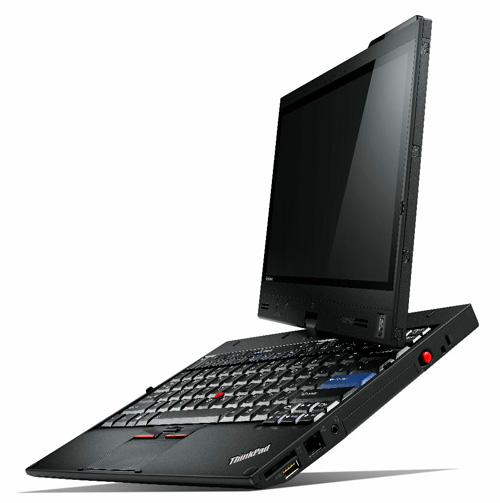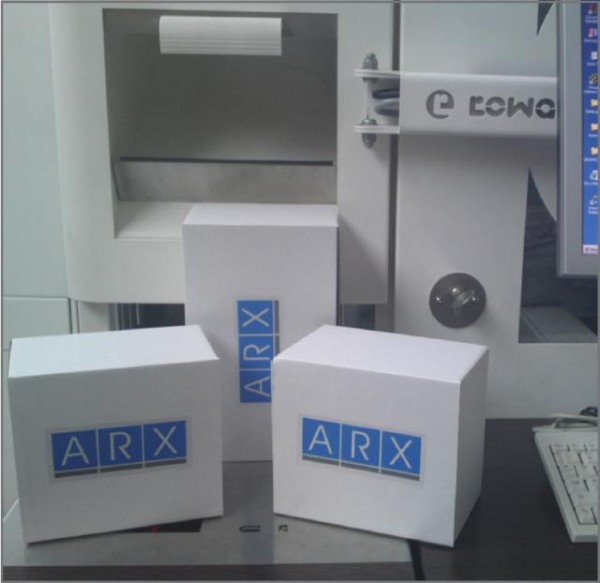During my time as an IT pharmacist I was fortunate enough to be part of two Failure Modes and Effects Analysis (FMEA) groups; one for CPOE and another for BCMA. The FMEA process is labor intensive and time consuming, but well worth the effort in my opinion. In both the CPOE and BCMA instances several important pieces of information were discovered that may have otherwise gone unnoticed.
I don’t often see articles that talk about using FMEAs, which is a real shame secondary to their value. So it was a pleasant surprise to see a recent article in Pharmacy Purchasing & Products on the use of an FMEA post BCMA implementation. I’m not familiar with using an FMEA after the fact, but it makes more sense to me now after reading the article.
According to the author, they “had conducted an FMEA prior to initially employing BCMA; however, we never performed any post implementation follow-up on the system.†An all too common occurrence in healthcare, i.e. implement and forget. We did something similar at Kaweah Delta when I worked there, but we referred to the process as a gap analysis rather than calling it an FMEA. Regardless of the verbiage, the results were similar.
The reason cited for the second FMEA was an increase in errors associated with the BCMA system. “Errors were primarily due to unscannable bar codes, mislabeled medications, the wrong medications being dispensed, and most commonly, nursing staff’s failure to scan.†This sounds familiar. The errors cited are simply side effects of the implement-and-forget mentality. Regardless of the system in place, humans inevitably develop bad habits and workarounds. We need to be constantly reminded to do the right thing. Implementation is only a small part of the work involved with any new system. Follow-up, maintenance and optimization is when the real work begins.
And the results of the second FMEA? “Three months after completing the FMEA, the team compared the before and after scan rates. We found significant improvements in the scanning of both the patients and the medications throughout the system. In addition, we have witnessed a culture change: nurses now become anxious if they cannot scan a product.†Not bad.
Read the article, it contains some good information.




